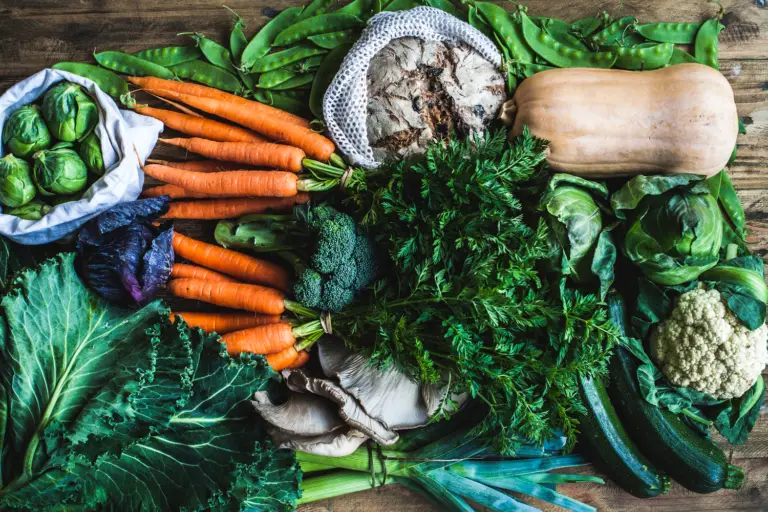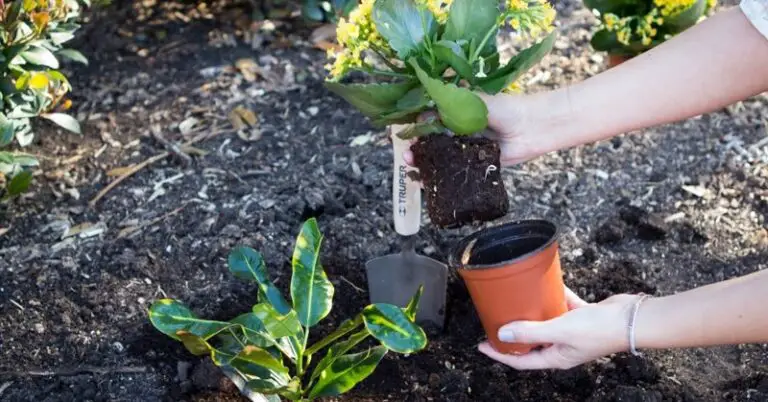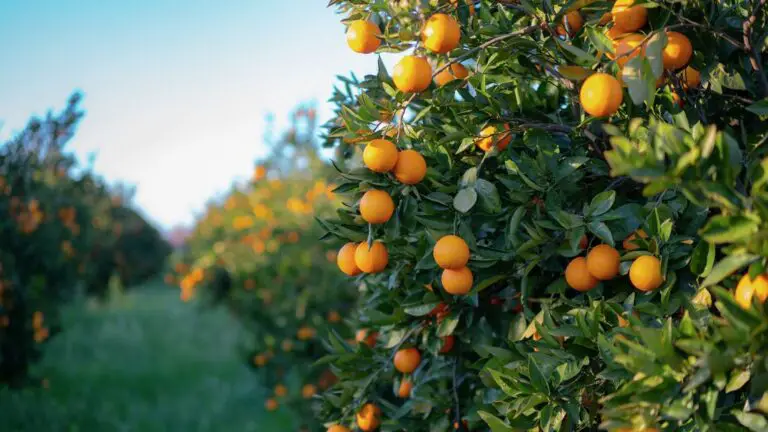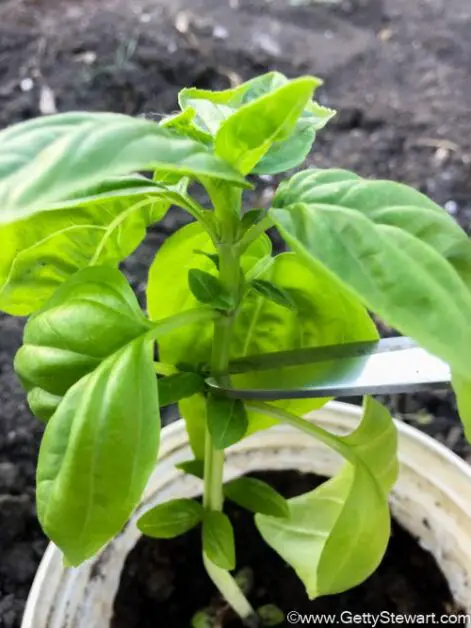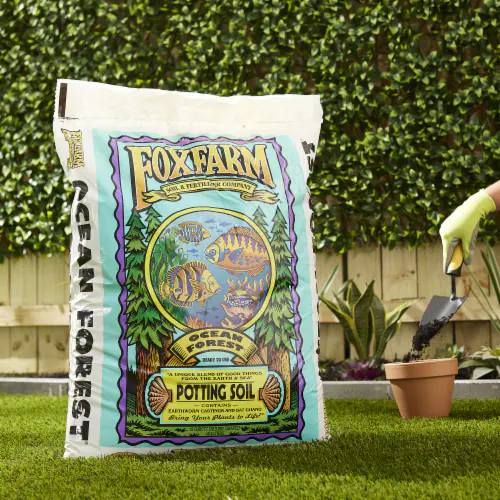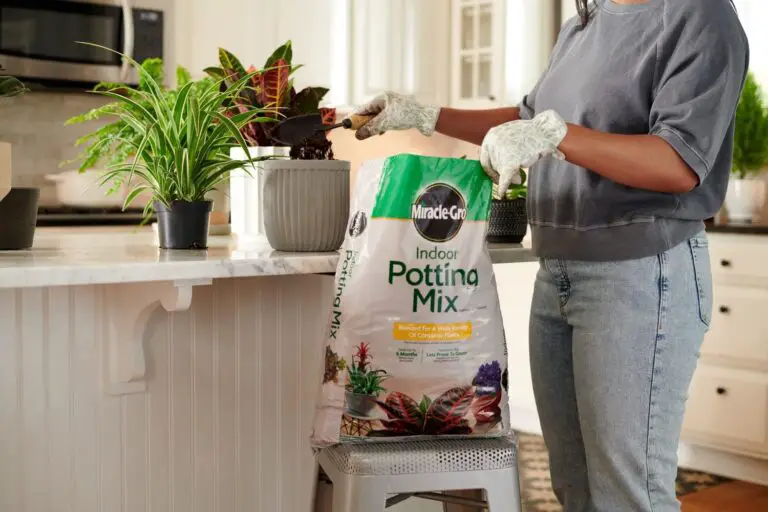Recycling & Reusing Coco Peat for Sustainable Hydroponic Gardening
Are you a hydroponic gardener who loves coco peat? Do you want to learn how to recycle and reuse this amazing medium for a greener and cheaper growing experience? If so, you’ve come to the right place! In this blog post, we will reveal the secrets of recycling and reusing coco peat, and why you should do it. You will also discover the pros and cons of this practice, and how to avoid the common pitfalls. So, grab your coco peat and get ready to become a sustainable hydroponic gardener!
Table of Contents
The Role of Coco Peat in Enhancing Plant Growth and Root Development
Coco peat, also known as coco coir or coconut fiber, has gained popularity among gardening enthusiasts for its ability to enhance plant growth and root development. Derived from the fibrous material found in the outer shell of coconuts, coco peat offers various benefits that contribute to healthier and more productive plants.
One key advantage of using coco peat is its excellent water retention capabilities. Unlike traditional soil, coco peat has a high water holding capacity, allowing it to retain adequate moisture for plant roots. This property not only helps in preventing overwatering and water wastage, but it also ensures that plants have a steady supply of water, even during dry spells. Furthermore, the enhanced water-holding capacity of coco peat promotes better nutrient absorption, as water-soluble nutrients are readily available to the plants’ root systems.
In addition to its water retention properties, coco peat also provides a well-aerated growing medium for plants. Its fibrous structure allows for the circulation of air, preventing the soil from becoming overly compacted. Good air circulation is essential for healthy root development, as it ensures that roots have access to oxygen, facilitating nutrient uptake and overall plant growth. The loose and lightweight nature of coco peat also makes it easier for roots to penetrate through, resulting in stronger and more extensive root systems.
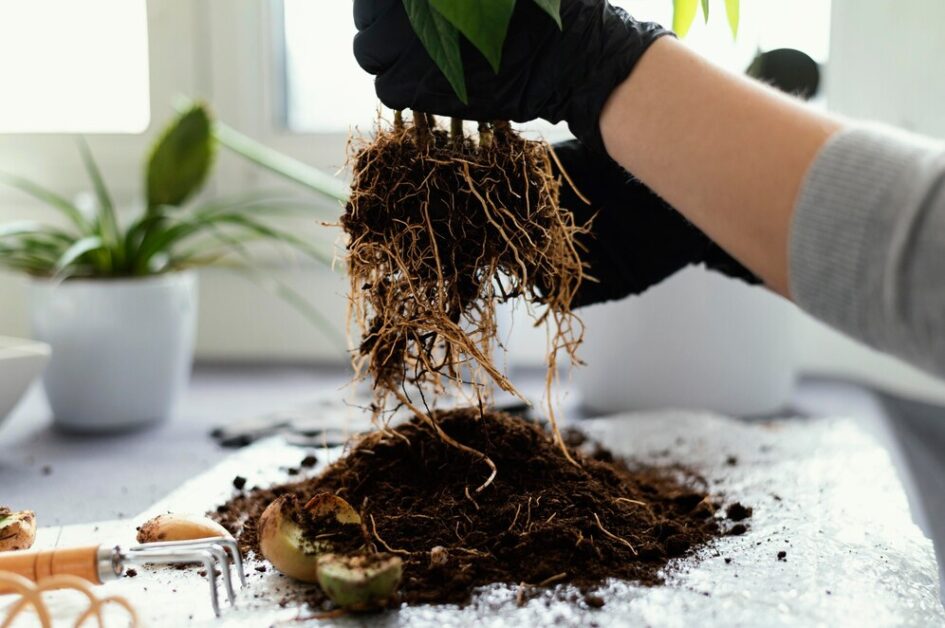
These advantages make coco peat an ideal medium for a variety of plants, ranging from indoor potted plants to garden vegetables. Whether you are a seasoned gardener or just starting out, incorporating coco peat in your gardening practices can significantly improve plant growth and root development, leading to healthier and more abundant harvests.
Key points
Table summarizing the Role of Coco Peat in Enhancing Plant Growth and Root Development:
| Benefit | Description |
|---|---|
| Water Retention | Coco peat has excellent water retention properties, making it an ideal substrate for plants that require constant moisture. It holds water effectively, ensuring a steady supply to plant roots. |
| Aeration | The fluffy and porous texture of coco peat allows for enhanced oxygen flow within the root zone. Its airy composition facilitates optimal air circulation around the roots, preventing waterlogging and ensuring sufficient oxygen supply for robust root development. |
| Nutrient Absorption | Coco peat provides good nutrient absorption, allowing roots to take up essential elements efficiently. It contributes to healthy plant growth by ensuring a balanced nutrient supply. |
| Drainage | Proper drainage is crucial for root health. Coco peat allows excess water to drain away, preventing root rot and maintaining an optimal moisture level. |
| pH Compatibility | The pH and other specifications of coco peat are suitable for various types of crops, including fruits, vegetables, ornamental plants, and hydroponics. It promotes favorable root conditions across different plant species. |
Coco peat’s versatility, sustainability, and environmental friendliness make it a valuable resource for promoting healthy root development and overall plant growth.
How to reuse and recycle coco peat
Unlike peat moss, which is not structurally sturdy enough to be reused, coco peat can be safely recycled again and again. After each successful growing spell, you can save money and reduce waste if you reuse coco peat. This is done by removing your coco peat, taking out all the old stumps and roots, and treating it with a buffering solution.
The buffering solution is essential to restore the calcium and magnesium levels in the coco peat, which may have been depleted by the previous crop. You can make your own buffering solution by adding a 150% dose of Cal Mag (=7.5ml/gal of General Hydroponics “CALiMAGic”) to tap water. Soak the coco peat in the buffering solution for at least 8 hours, then drain and rinse it well.
How to check the quality of coco peat
Before reusing or recycling coco peat, you need to check its quality to make sure it is still suitable for growing. One way to do this is to measure the electrical conductivity (EC) and the pH of the coco peat. The EC indicates the salt content of the coco peat, which should be below 0.5 mS/cm for optimal plant growth. The pH indicates the acidity or alkalinity of the coco peat, which should be between 5.5 and 6.5 for most plants.
You can use a digital meter or a test kit to measure the EC and pH of the coco peat. Simply take a sample of the coco peat, mix it with distilled water in a 1:1.5 ratio, and let it sit for 15 minutes. Then, dip the meter or the test strip in the solution and read the values. If the EC or pH is out of range, you may need to flush the coco peat with more water or add some amendments to adjust it.
How to process and recycle coco peat
Another way to reuse and recycle coco peat is to process it into a different form, such as compost, mulch, or briquettes. Compost is a nutrient-rich organic matter that can be used to enrich the soil and improve its structure. Mulch is a layer of material that can be spread over the soil surface to conserve moisture, suppress weeds, and moderate temperature. Briquettes are compressed blocks of coco peat that can be used as fuel for cooking or heating.
To make compost from coco peat, you need to mix it with other organic materials, such as kitchen scraps, garden waste, or manure. You also need to add some nitrogen-rich fertilizer, such as blood meal or urea, to speed up the decomposition process. The ideal ratio of carbon to nitrogen in the compost pile is 25:1. You should turn the pile regularly to aerate it and keep it moist but not soggy. The compost should be ready in 2 to 6 months, depending on the temperature and the materials used.
To make mulch from coco peat, you can simply spread it over the soil surface around your plants, at a depth of 2 to 4 inches. You can also mix it with other materials, such as straw, wood chips, or leaves, to create a more diverse and attractive mulch. The coco peat mulch will help retain moisture, prevent erosion, and add organic matter to the soil as it decomposes.
To make briquettes from coco peat, you need to dry it thoroughly and grind it into a fine powder. You can use a hammer mill or a blender to do this. Then, you need to add some binder, such as starch, clay, or paper pulp, to help the coco peat stick together. The ideal ratio of coco peat to binder is 80:20. You also need to add some water to moisten the mixture. Then, you need to press the mixture into molds or shapes, using a briquette machine or a manual press. You can make briquettes of different sizes and shapes, depending on your preference and purpose. The briquettes should be dried in the sun or in an oven for several hours, until they are hard and dry.
Advantages and dis-advantages of reusing and recycling cocopeat
Reusing and recycling coco peat for gardening and hydroponics has both advantages and disadvantages. Here are some of them:
Advantages of recycled coco peat from hydroponics are:
- It is more economical and environmentally friendly than using fresh coco peat every time.
- It can reduce the risk of pests and diseases by removing the old plant residues and pathogens.
- It can improve the water and nutrient retention capacity of the coco peat by restoring its structure and porosity.
- It can enhance the microbial activity and diversity of the coco peat by adding organic matter and beneficial microorganisms.
Disadvantages:
- Salty: Coco peat contains a number of salts which render this medium unsuitable for recycling hydroponic systems. This also means that you must be careful to only use high-quality coco peat to help minimize the salts involved and also that you must take care in nutrient adjustment by factoring in this natural variable.
- Prone to creep: Coco peat is prone to creep, which means that it can shrink and expand over time, affecting the stability and structure of the growing medium. This can cause problems such as root damage, nutrient leaching, and uneven watering.
- Needs buffering: Coco peat needs buffering, which means that it needs to be treated with a calcium and magnesium solution before reusing or recycling. This is to restore the nutrient levels in the coco peat, which may have been depleted by the previous crop.
Precautions
- It needs to be rinsed thoroughly to remove the excess salts and nutrients that may have accumulated in the coco peat.
- It needs to be buffered with a calcium and magnesium solution to replenish the cation exchange capacity and prevent nutrient lockout.
- It needs to be checked for the pH and electrical conductivity levels to ensure they are within the optimal range for plant growth.
- It needs to be mixed with some fresh coco peat or other amendments to improve the texture and quality of the coco peat.
Reusing Coco Peat for Sustainable Hydroponic Gardening
In the world of gardening, the role of coco peat in enhancing plant growth and root development cannot be overlooked. Coco peat, also known as coir pith, is a byproduct of the coconut industry and is widely used as a growing medium for various plants. Its popularity stems from its incredible water-holding capacity and ability to improve soil structure.
By using coco peat in your gardening ventures, you can significantly enhance the growth and development of your plants. Coco peat has excellent water retention properties, allowing it to retain moisture for longer periods compared to traditional soil. This is particularly beneficial in arid or drought-prone regions where water scarcity is a concern. Additionally, coco peat is known to improve soil structure by increasing its aeration and drainage capabilities, creating an optimum environment for root growth.
The use of coco peat as a growing medium also promotes sustainability in the gardening industry. As a byproduct of the coconut industry, coco peat provides a valuable alternative to traditional soil, reducing the need for soil extraction and preserving natural resources. Moreover, coco peat is biodegradable and can be easily composted after use, further contributing to eco-friendly gardening practices.
Keypoints
Coco peat’s versatility, sustainability, and environmental friendliness make it a valuable resource for promoting healthy root development and overall plant growth.
For more information watch the below video.
FAQs
Can coco peat be used as a standalone growing medium?
Coco peat can be used as a standalone growing medium for certain plants, especially those that thrive in well-draining conditions. However, it is generally recommended to mix coco peat with other components like perlite or vermiculite to create a balanced and nutrient-rich growing medium.
How does coco peat improve root development?
Coco peat has a fibrous structure that allows for improved root penetration and development. Its ability to retain moisture helps to keep the root zone consistently hydrated, promoting healthy root growth. Additionally, the presence of beneficial microbes in coco peat aids in root development by facilitating nutrient uptake.
Is coco peat suitable for all types of plants?
Coco peat is suitable for a wide range of plants, including vegetables, flowers, and even certain fruit trees. However, it may not be ideal for plants that require a high level of acidity or alkalinity in the growing medium, as coco peat has a slightly acidic pH. It is always recommended to research the specific needs of your plants before using coco peat.
How should coco peat be prepared for use in gardening?
Before using coco peat, it should be rehydrated and expanded by soaking it in water. Typically, a ratio of 1 part dry coco peat to 3 parts water is recommended. Allow it to soak for a few hours or overnight until it expands and becomes fluffy. Afterward, remove any excess water and it is ready to be used as a growing medium.
Does coco peat have any disadvantages or potential drawbacks?
While coco peat offers numerous benefits, it is important to note that it has a high water retention capacity. This means that if not properly managed, it can lead to overwatering and root rot. It is crucial to monitor watering and ensure proper drainage when using coco peat as a growing medium.
How much time does it take for cocopeat to degrade?
According to some sources, coco peat can degrade gradually over time, losing its physical attributes and structure. The degradation time may vary depending on the quality of the coco peat, the environmental conditions, and the type of plants grown in it. Some estimates suggest that coco peat can last for 2 to 5 years before it needs to be replaced.
How many cycles can cocopeat be reused in hydroponics?
As for the reuse cycles, coco peat can be reused or recycled up to three times in hydroponics, as long as it is properly rinsed, buffered, and checked for pH and EC levels before each use345. Reusing coco peat can save money and reduce waste, but it may also require some additional nutrients and amendments to maintain its optimal performance

Nicole Burke is a dynamic writer at SouthElMonteHydroponics, fueled by her passion for horticulture and environmental sustainability. Armed with a degree in Environmental Science from a renowned institution, Nicole’s expertise lies in hydroponic gardening, organic farming, and biodiversity conservation. Her insatiable curiosity and love for nature drive her to explore innovative techniques in hydroponics, seeking to revolutionize the way we grow crops in urban environments. Nicole’s writing reflects her deep commitment to promoting eco-conscious practices and fostering a deeper connection between humans and the natural world. Through her engaging storytelling, she inspires others to embrace sustainable living and harness the power of hydroponics for a greener future.

